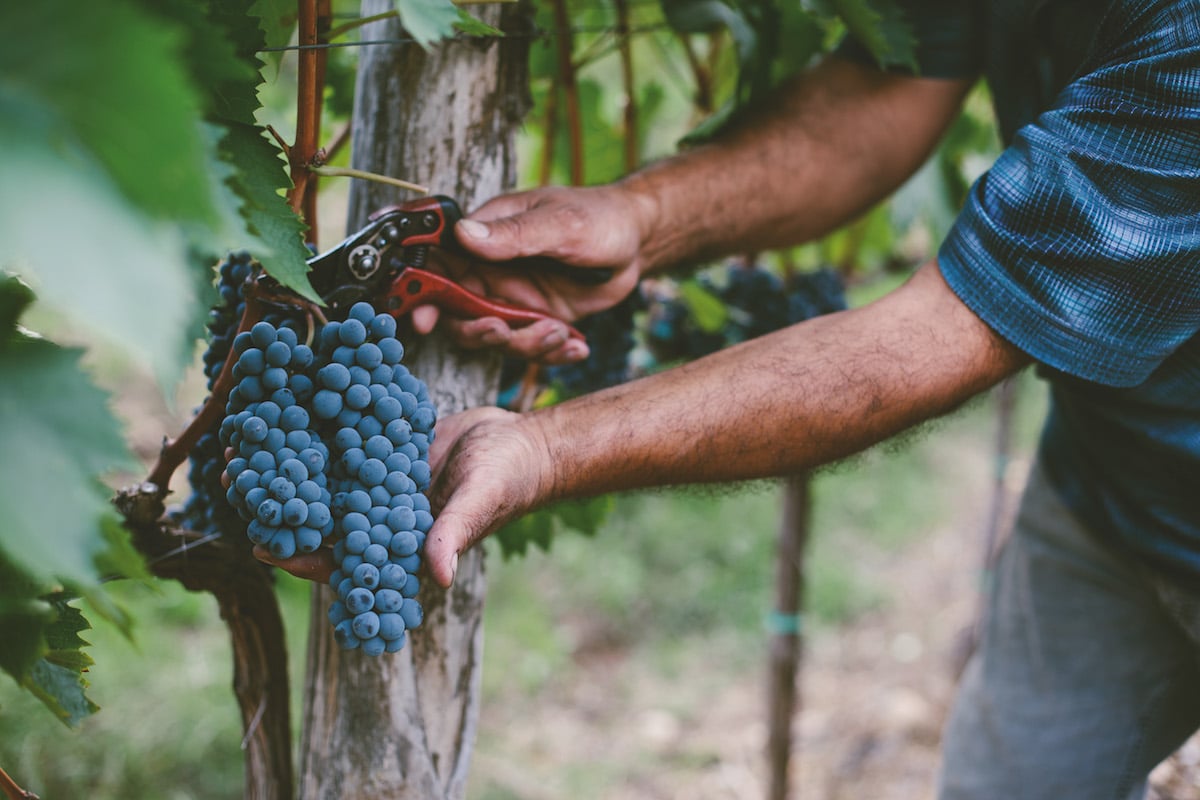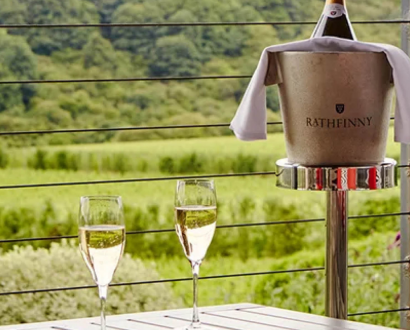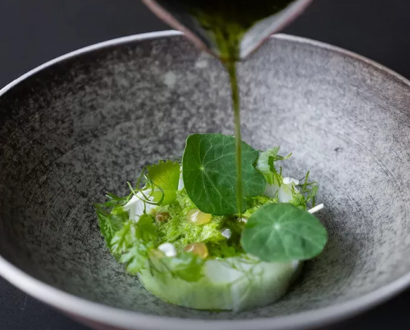Although there’s no official definition describing what natural winemaking is, regarded Chilean wine expert, sommelier and Paired Media Co-Owner David Stevens-Castro describes it as the “concept of producing wine with no external additions during the winemaking process”.

“Most consumers believe that standard wine is natural already, however many winemaking products are artificial additions to make the process reliable with consistent, measurable results,” he explains.
“Standard winemaking solutions can include the use of colour enhancer, tannins, oak flavour, sugar, acids and fining agents. Natural wine is usually made with organically grown grapes, hand-picked, non-inoculated yeast, no artificial products, no fining and with gross filtration.”
On bottle shop shelves lined with labels of cursive writing and depictions of castles, a natural wine will probably stand out. It typically comes in bottles with a “craft artisan look, with uncommon labelling and closures”.
David says that natural wines, when young, are fresh, lively and vibrant. “When a natural wine is free of taint and faults, it has a remarkable purity of fruit. However, with a lack of additives to preserve the wine, this can be an elusive scenario.”
From tradition to trendy
It’s nothing new: wines without additives have existed for centuries. So, why it is rising in popularity today?
David believes it is a reaction from producers and consumers to the monotony of conventional wine.
“The wine industry is mechanised and industrial, and with mass production, the priority is high-quantity of litres produced at the lowest possible cost, as all production lines of goods,” he explains.
Though natural wines have had a rise in popularity, it’s still a niche category where volumes are low and will always be smaller than conventional production.
“Natural wines are often appreciated by non-traditionalists and younger consumers,” David observes. “Much of this reaction is to challenge the status quo and to offer consumers small production wines with limited availability, which is of the interest of restaurants and wine bars as well as independent wine stores.”
Director of Grand Cru Wine Fridges, Matthew Gerard, agrees. “Its popularity is driven by the under-30s drinker who looks to engage with winemakers and understand where it comes from. Perhaps by often being beer drinkers, they also appreciate the sour taste profile which is common in natural wines.”
David believes that natural wine is an integral part of the market because it attracts consumers who are looking for adventurous drinking and who are almost always expecting the unexpected.
“I enjoy it more than other wines when they are fresh, clean and pristine as they feel lively and vibrant, closer to the sensation of eating and chewing grapes.
“Unfortunately, this is not always the case, as these wines can deteriorate because they don’t have preservatives added, which means they are susceptible to loss of quality due to handling, storage and transport.”
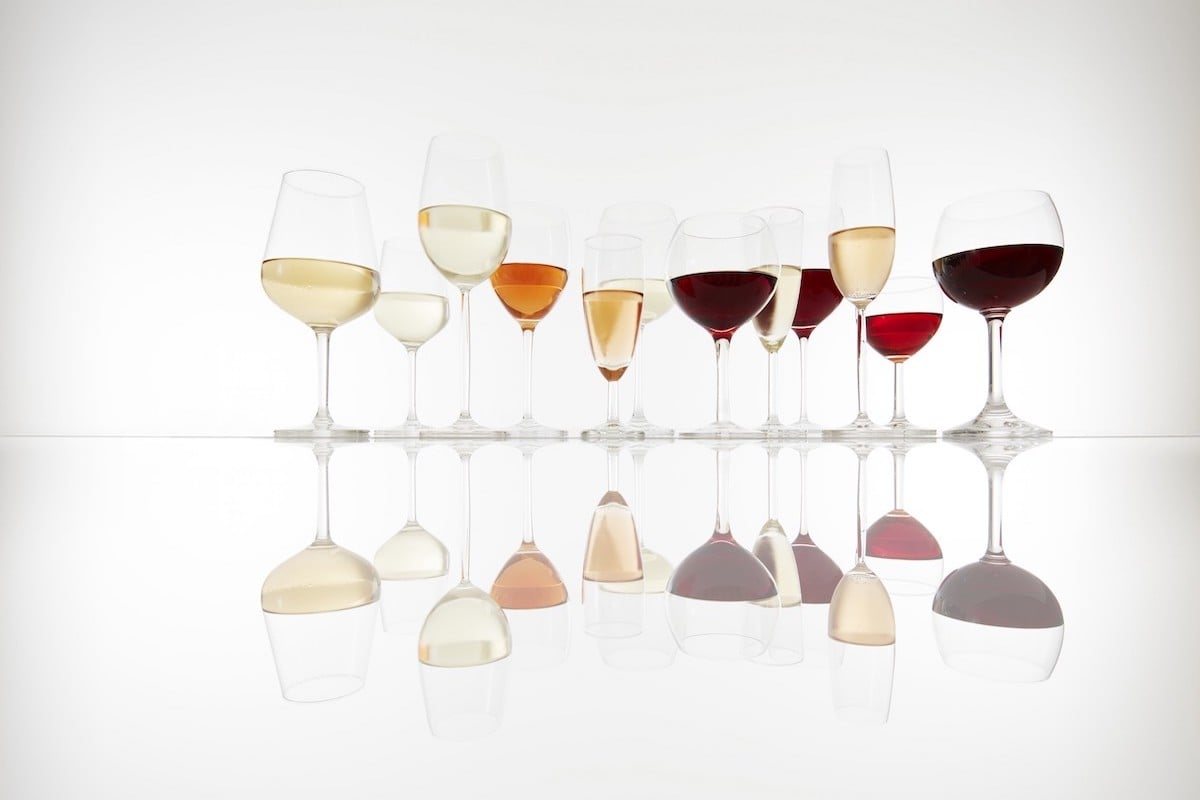
Natural vs organic
Many people don’t understand the difference between natural and organic wine.
While no legal definitions of natural wine currently exist, Matthew says, “Organic wine is made with grapes from a certified organic farm – the same way an apple orchard could be organic – whereas natural wine describes wines made with minimal intervention for the duration of the winemaking process.
Though natural wine growers tend to farm organically at large, this is not the case for all wines because there is no legal requirement for natural wine to be produced with organic grapes.
“With organic wine, all grapes used in the process are certified as produced organically,” says David.
“Grape picking for natural wine is usually done by hand, whereas there are no specific requirements with picking for organic wines. Since there are no written rules about this, a natural wine producer can also select to machine harvest their crop, if desired.”
He also explains that natural wine generally receives no artificial winemaking additions during the process. In contrast, organic wine can receive additions of certified organic products, like small quantities of sulphites which naturally occur in all wines.
Is it better for you?
Many people believe that natural wine is a healthier option. You’ve likely heard the claims that natural wine doesn’t feel as heavy as conventional wine and, should you drink much of it, may not leave you with a headache the next day.
David says this isn’t necessarily the case. “Like conventional wines, natural wines still have alcohol and calories, which in excess are harmful to our health. Since there are no artificial additions during the making of natural wine, there won’t be typical allergen agents, such as egg and fish products.
“However, there is also a misconception that because there is no sulphite added there will be no sulphite in the wine, when sulphites are indeed produced during fermentation as a by-product in low amounts.”
Matthew also admits he doesn’t think there is a simple answer to this question.
“The best answer is to enjoy any wine in moderation and don’t overdo it.”
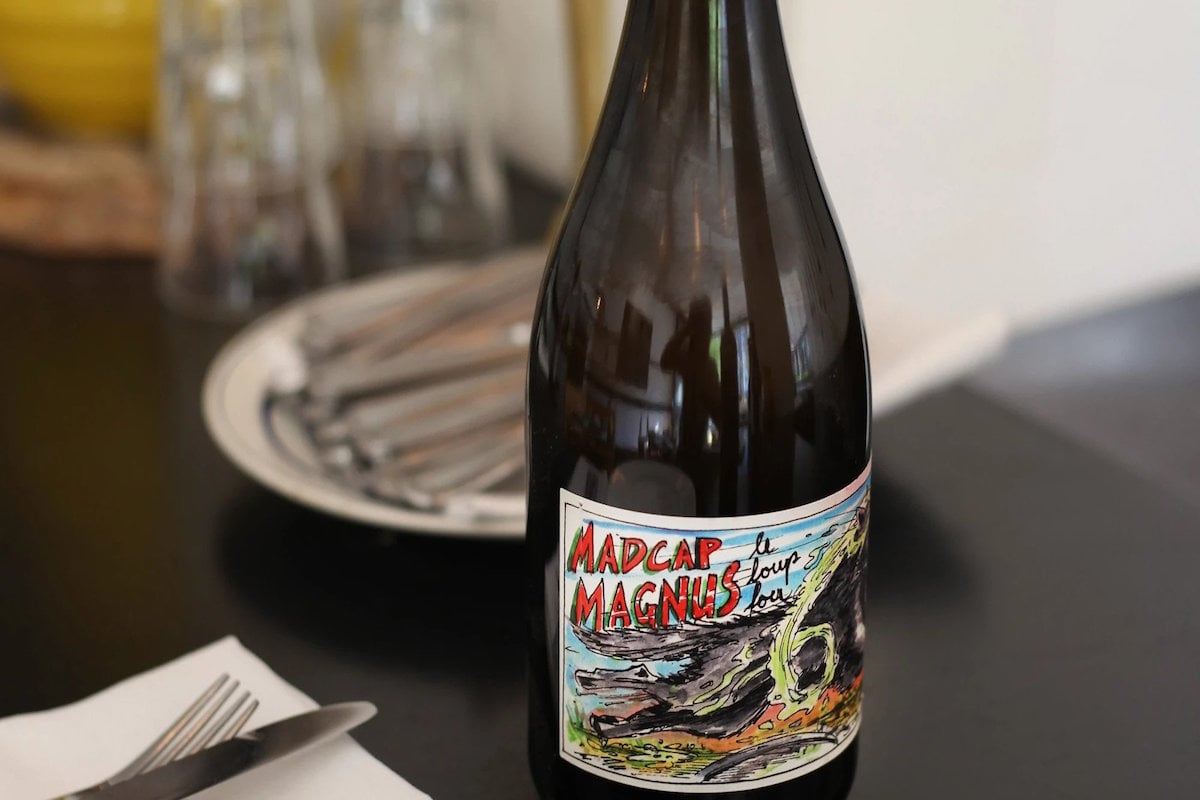
Our top 5 picks of natural wines
Staffelter Hof Madcap Magnus
The Madcap Magnus is a refreshing Riesling from Mosel, Germany. The vineyard is a historic estate established in 862AD, but this is Winemaker Jan Matthias Klein’s first utterly natural wine. It’s bottled straight from the tank by hand and has a crisp, balanced flavour.
Arianna Occhipinti Nero d’Avola Siccagno 2013
A product of Owner, Winemaker and Viticulturist Arianna Occhipinti, the fruity, complex combination explores the delicious red grape from Sicily.
”Siccagno is my Nero d’Avola, born from concentrated grapes which we precisely call Siccagna. The Nero says so much about Sicily, it’s wild, but also fresh and elegant, with flavours of red fruit. It’s noble and aristocratic, but also melancholic like a poet or a philosopher. It’s passionate, full of human warmth and contrasts…” – Arianna Occhipinti
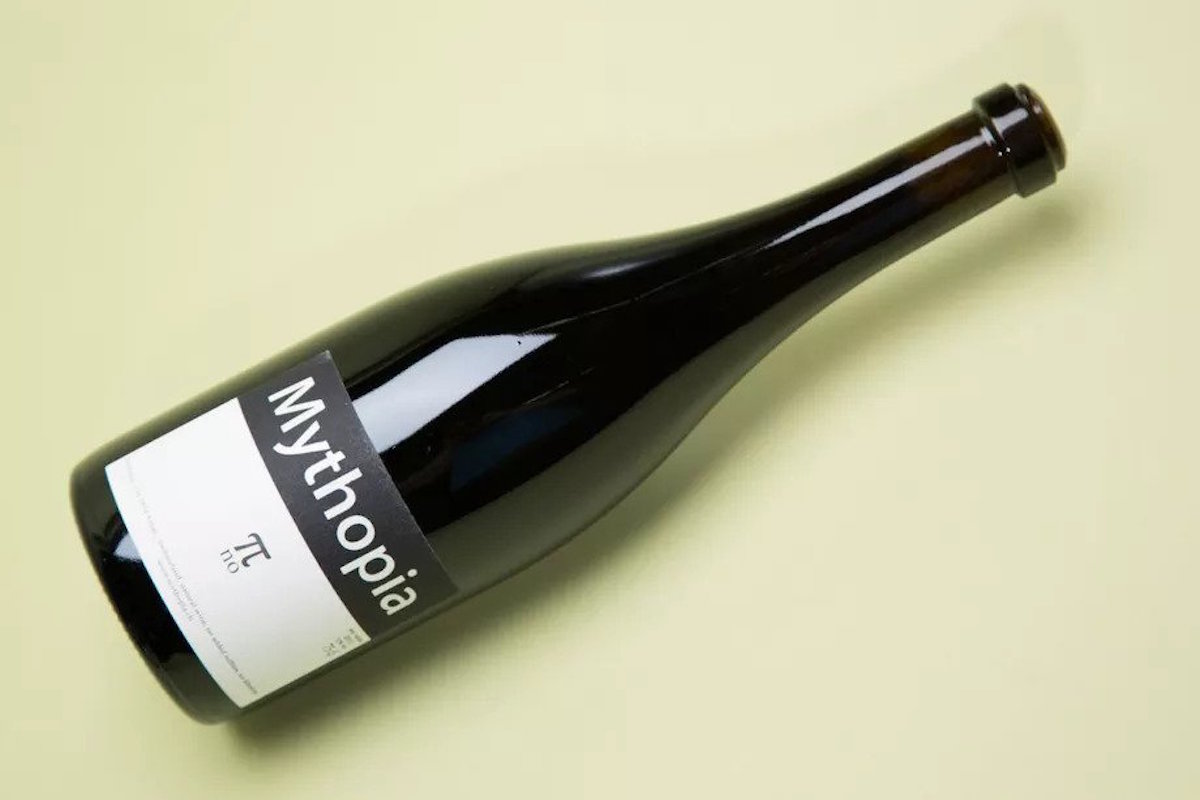
Mythopia Pino des Martyrs 2012
The Swiss pinot noir comes from an “experimental vineyard” and is rich with flora, fauna and calcareous-schist, handpicked soil. Aged for two years in oak barrels, the wine is then bottled without filtration.
La Stoppa Ageno Emilia 2011
An orange wine from Emilia-Romagna, Italy, La Stoppa’s Ageno Emilia is full-bodied and spicy with aromas of rose, musk, chamomile and thyme with a cinnamon and ginger finish.
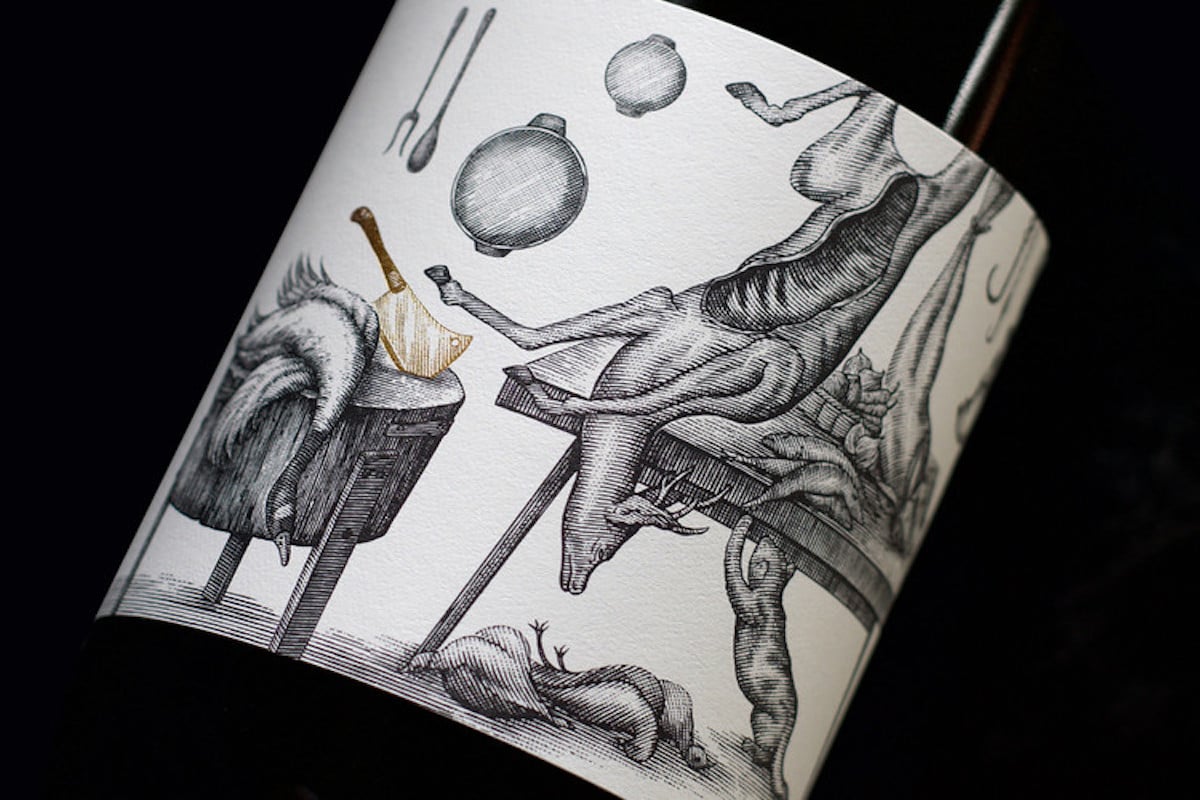
Ravensworth Riesling Ancestral Pet Nat 2019
This pétillant-nature (bubbly!) Australian wine is fresh, zesty and perfect for a warm summer’s day.

